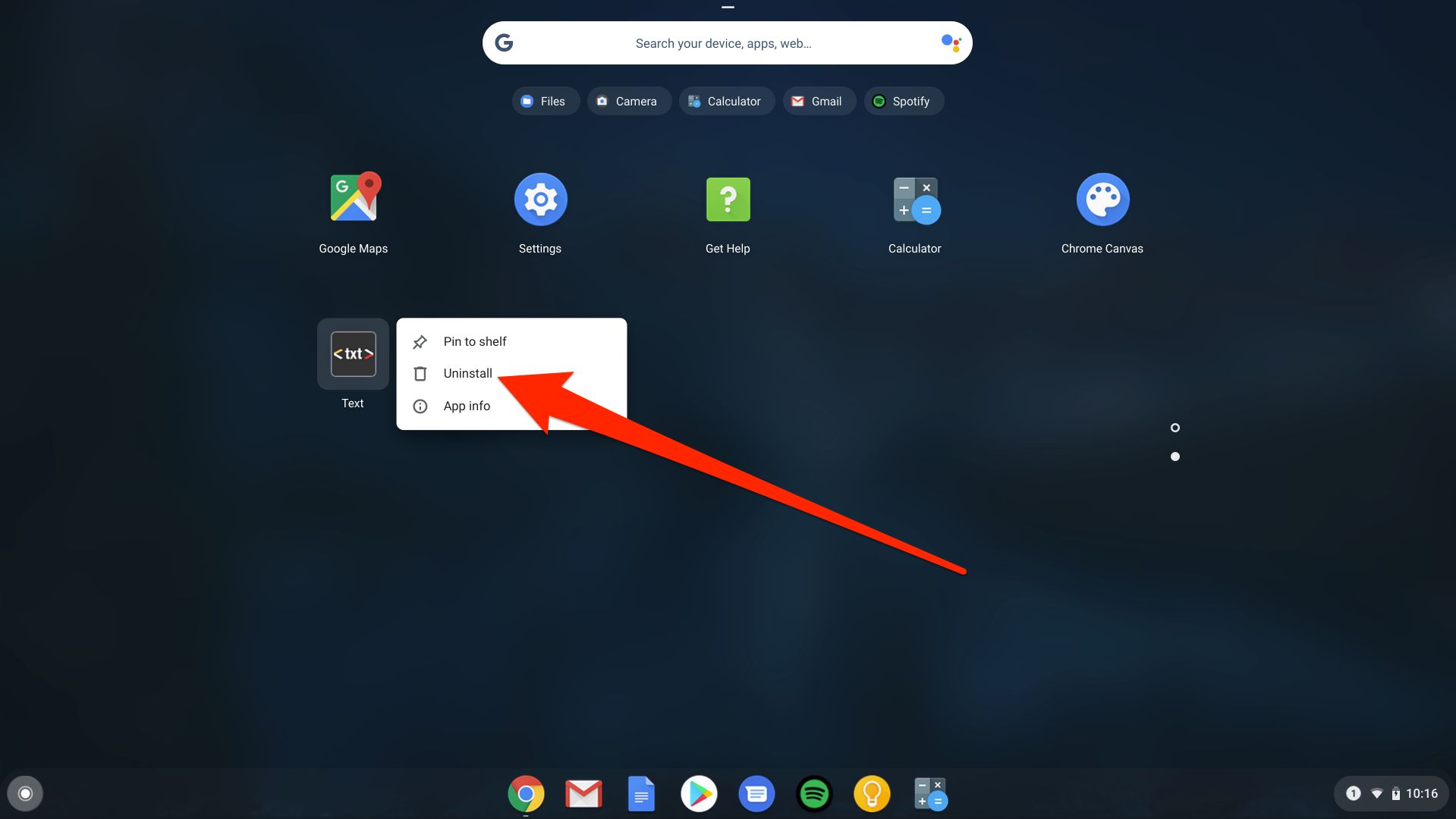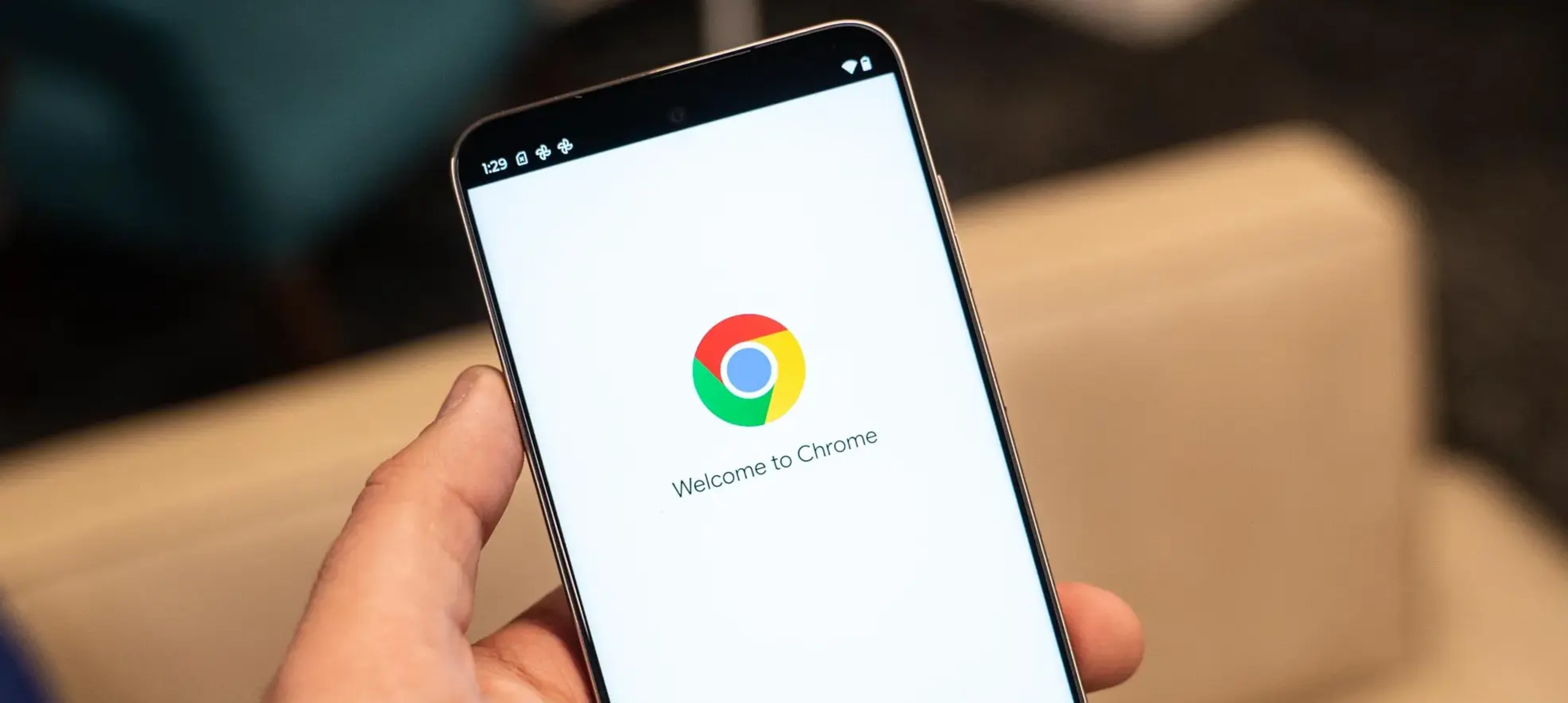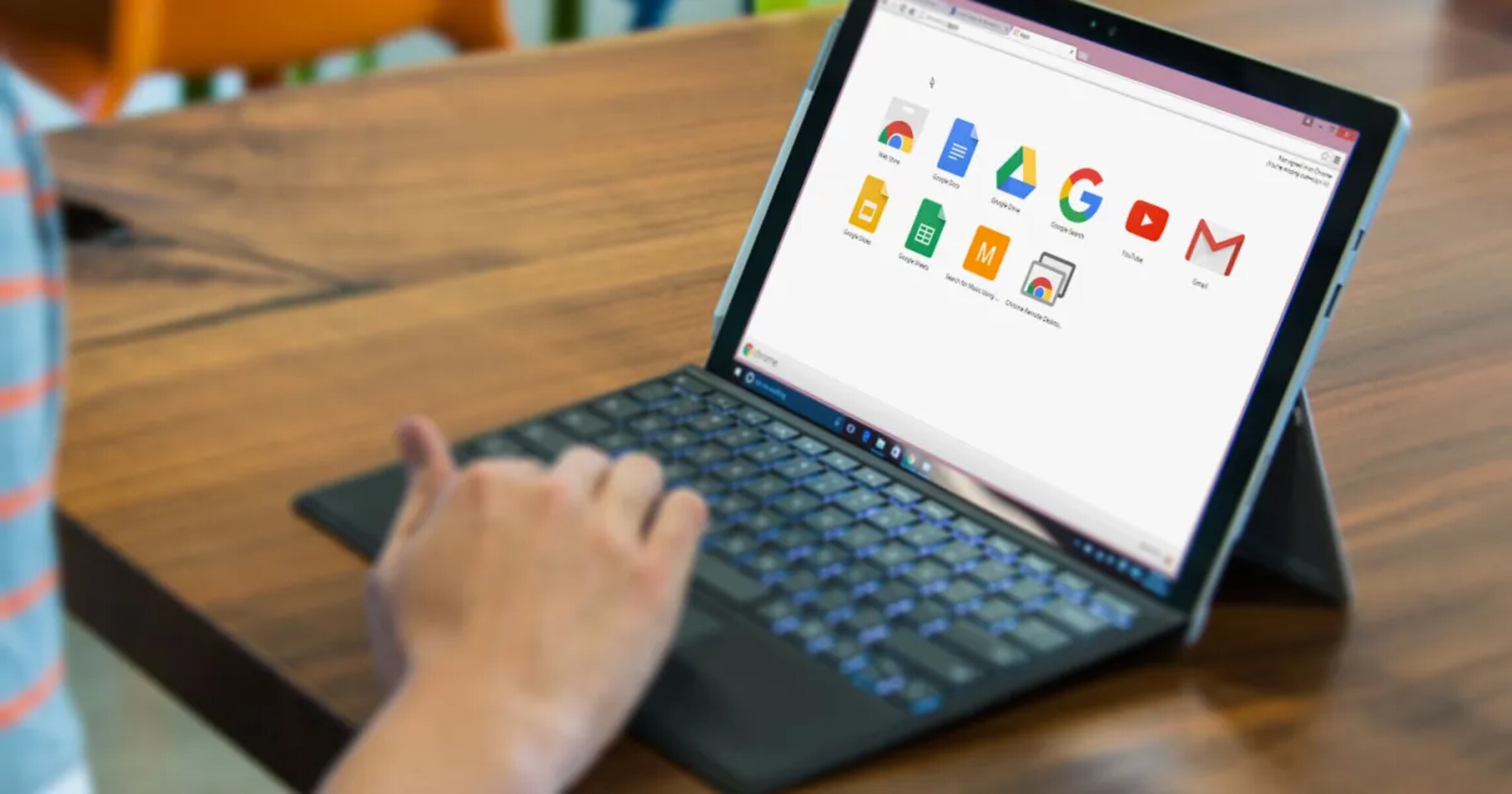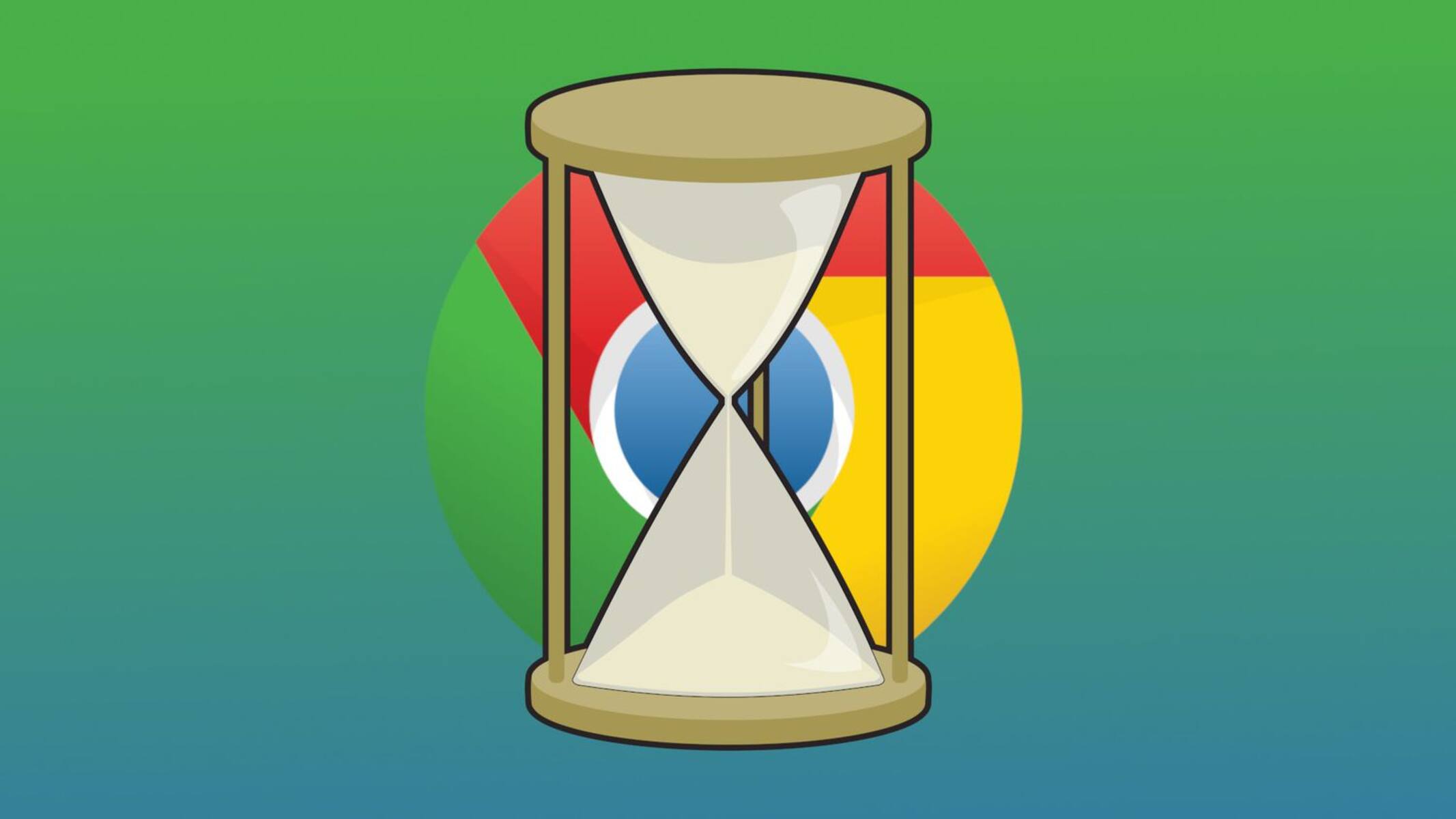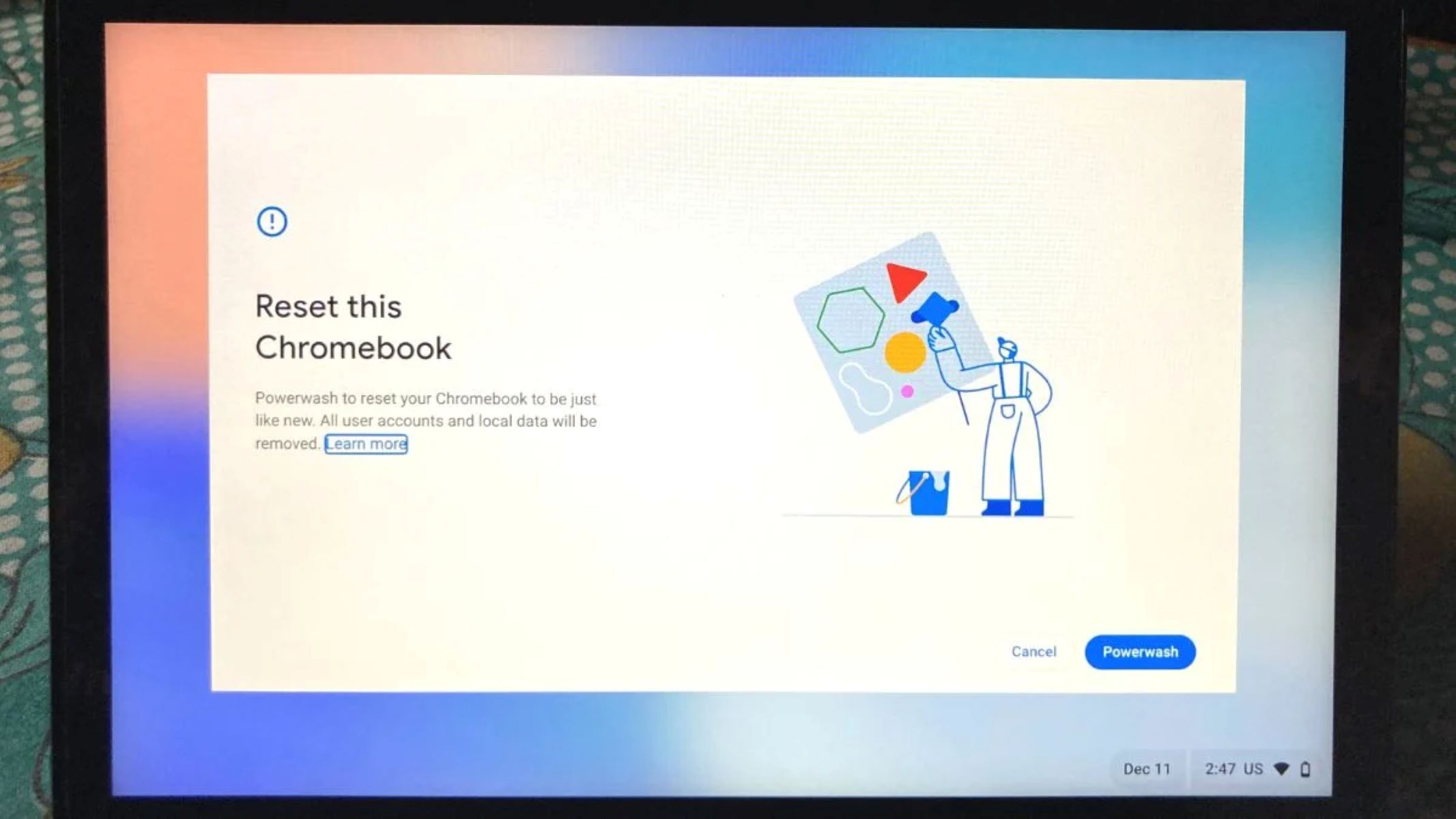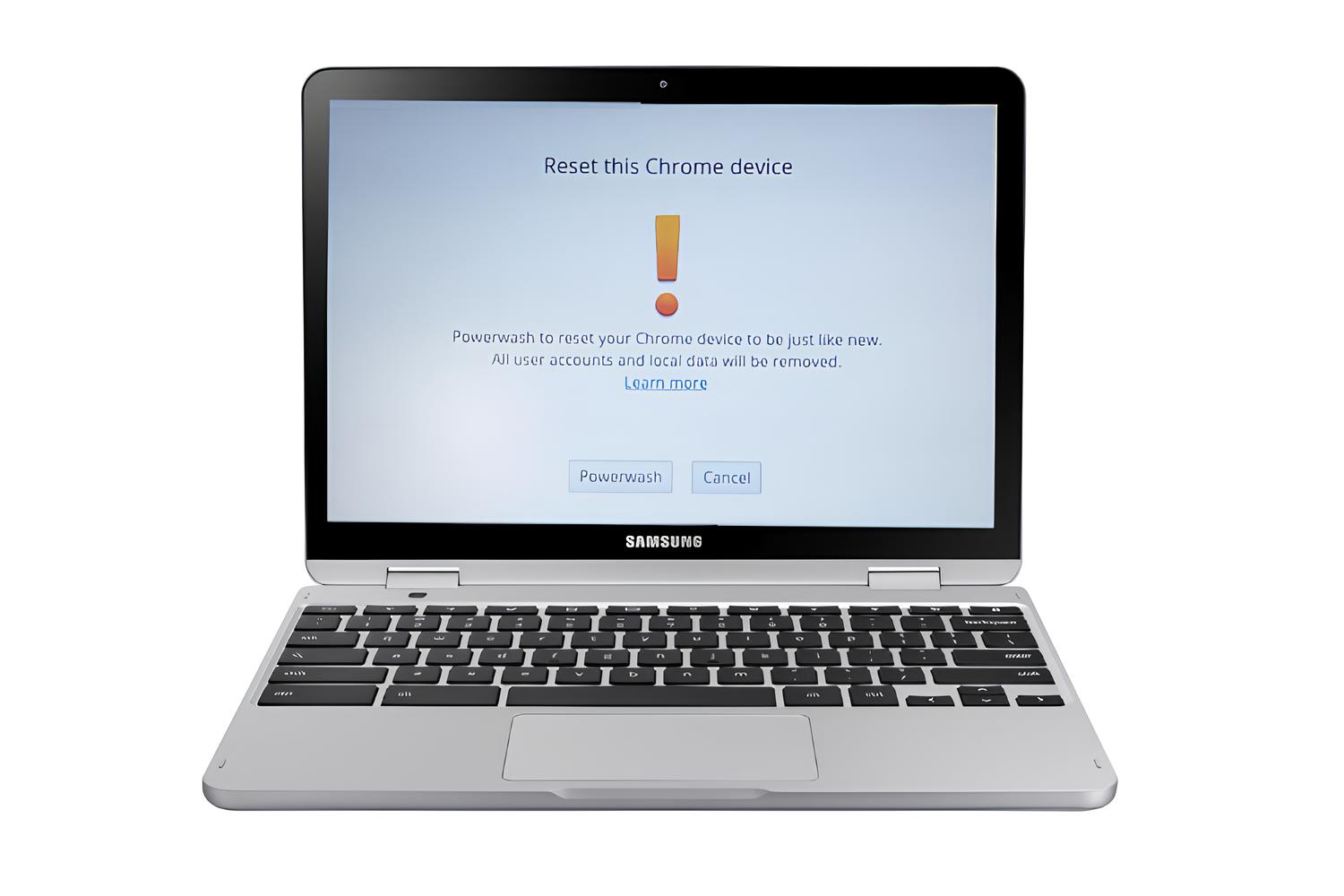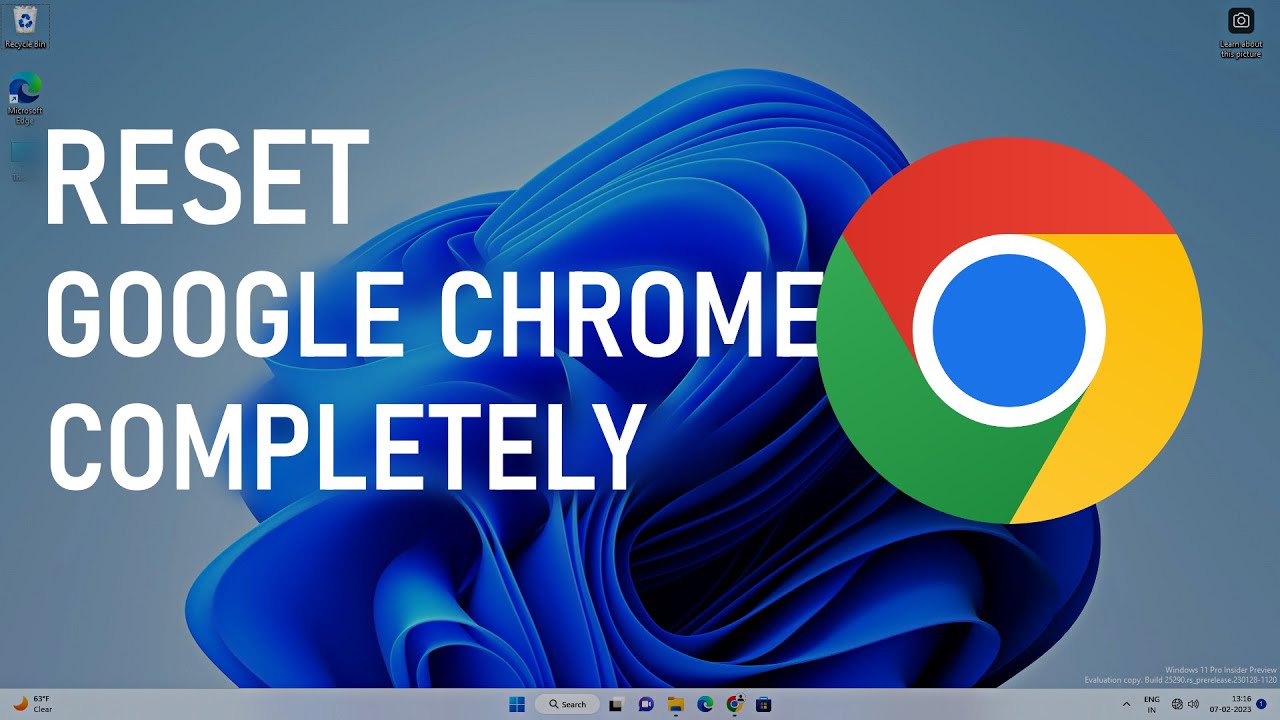Check for Updates
Before reinstalling Google Chrome, it's essential to ensure that you have the latest version of the browser. Updating Chrome not only provides you with the newest features and security enhancements but also resolves potential issues that may have prompted the need for a reinstallation.
-
Open Google Chrome: Launch the browser on your computer by clicking on the Chrome icon.
-
Access the Menu: In the top-right corner of the browser window, you'll find three vertical dots. Click on these dots to open the Chrome menu.
-
Navigate to Settings: From the menu, select "Settings." This will open a new tab with various options for customizing your Chrome experience.
-
Check for Updates: Scroll down the Settings page and click on "About Chrome" from the left-hand sidebar. Chrome will automatically check for updates and display the current version of the browser.
-
Update Chrome: If there's an available update, Chrome will prompt you to install it. Click on the "Update" button to initiate the process.
-
Relaunch Chrome: Once the update is complete, Chrome will require a relaunch to apply the changes. Click on the "Relaunch" button to restart the browser with the latest version.
By following these steps, you can ensure that your Google Chrome browser is up to date, potentially resolving any issues that may have led to the decision to reinstall the browser. If you encounter any difficulties during the update process, it may be necessary to proceed with the reinstallation of Google Chrome.
Uninstall Google Chrome
Uninstalling Google Chrome is a straightforward process that can be accomplished using the built-in tools on your computer. Whether you're experiencing persistent issues with the browser or simply need to perform a clean reinstall, removing Chrome from your system is the initial step in the process.
To uninstall Google Chrome from a Windows computer, follow these steps:
-
Open the Control Panel: Access the Control Panel by clicking on the Start menu and searching for "Control Panel." Alternatively, you can press the Windows key + R, type "control," and hit Enter.
-
Navigate to Programs and Features: Within the Control Panel, locate the "Programs" category and click on "Uninstall a program" to access the list of installed applications.
-
Locate Google Chrome: Scroll through the list of installed programs to find Google Chrome. Once located, click on it to select the application.
-
Initiate Uninstallation: With Google Chrome selected, click on the "Uninstall" button at the top of the Programs and Features window. This will prompt the uninstallation process to begin.
-
Follow the Uninstallation Wizard: A confirmation dialog may appear, asking if you want to allow the application to make changes to your device. Click "Yes" to proceed. Follow the on-screen prompts to complete the uninstallation process.
For macOS users, the process of uninstalling Google Chrome involves dragging the application to the Trash. Here's how to do it:
-
Open Finder: Access the Finder by clicking on the Finder icon in the Dock or using the Command + Space shortcut to search for Finder.
-
Locate Google Chrome: In the Finder window, navigate to the "Applications" folder and locate Google Chrome.
-
Drag Chrome to the Trash: Click and drag the Google Chrome application icon to the Trash icon in the Dock. Alternatively, you can right-click on the Chrome icon and select "Move to Trash."
-
Empty the Trash: To complete the uninstallation, right-click on the Trash icon in the Dock and select "Empty Trash." Confirm the action when prompted.
By following these steps, you can effectively uninstall Google Chrome from your Windows or macOS computer, paving the way for a clean reinstallation of the browser. Once Chrome has been successfully uninstalled, you can proceed to download and install the latest version of the browser to enjoy a seamless and optimized browsing experience.
Download and Install Google Chrome
Once you have successfully uninstalled Google Chrome from your computer, the next step is to download and install the latest version of the browser. This process is relatively simple and can be completed in just a few steps, ensuring that you have access to the most up-to-date features and security enhancements offered by Google Chrome.
To download and install Google Chrome on a Windows computer, follow these steps:
-
Open Your Preferred Web Browser: Launch your default web browser, such as Microsoft Edge, Mozilla Firefox, or Internet Explorer.
-
Navigate to the Google Chrome Website: In the address bar of your web browser, type in "www.google.com/chrome" and press Enter. This will take you to the official Google Chrome download page.
-
Download Google Chrome: On the Google Chrome download page, you will automatically be presented with the option to download the browser. Click on the "Download Chrome" button to initiate the download process.
-
Accept the Terms of Service: Before the download begins, you may be prompted to review and accept the Terms of Service and Privacy Policy for Google Chrome. Once you have read through the terms, click on the "Accept and Install" button to proceed.
-
Run the Installer: Once the download is complete, locate the downloaded file (usually in your Downloads folder) and double-click on it to run the installer. This will initiate the installation process for Google Chrome.
-
Follow the Installation Wizard: The Google Chrome installer will guide you through the installation process. You may be prompted to confirm that you want to install the application and choose the installation location. Follow the on-screen prompts to complete the installation.
For macOS users, the process of downloading and installing Google Chrome is equally straightforward:
-
Open Your Preferred Web Browser: Launch Safari or any other web browser of your choice.
-
Visit the Google Chrome Website: In the address bar, enter "www.google.com/chrome" and press Enter to access the official Google Chrome download page.
-
Download Google Chrome: On the download page, click on the "Download Chrome" button to begin the download process.
-
Open the Installer: Once the download is complete, the Google Chrome disk image file will be saved to your Downloads folder. Double-click on the disk image file to open it.
-
Drag Chrome to Applications: In the disk image window, you will see the Google Chrome application icon. Simply drag this icon to the "Applications" folder to install Google Chrome on your Mac.
By following these steps, you can easily download and install the latest version of Google Chrome on your Windows or macOS computer, ensuring that you have access to a secure, fast, and feature-rich web browsing experience.
Sign in and Sync Your Data
Signing in to Google Chrome allows you to synchronize your browsing data, preferences, and settings across multiple devices, providing a seamless and personalized browsing experience. By syncing your data, you can access your bookmarks, history, passwords, and other customizations on any device where you are signed in to Chrome. This feature is especially beneficial if you use Chrome on different computers, smartphones, or tablets, as it ensures that your browsing experience remains consistent across all your devices.
To sign in and sync your data in Google Chrome, follow these steps:
-
Open Google Chrome: Launch the Google Chrome browser on your computer or device.
-
Access the Menu: In the top-right corner of the browser window, click on the three vertical dots to open the Chrome menu.
-
Sign In to Chrome: From the menu, select "Sign in to Chrome." If you are not already signed in, you will be prompted to enter your Google account credentials, including your email address and password.
-
Choose What to Sync: After signing in, you will have the option to choose what data you want to sync. You can select from a range of options, including browsing history, bookmarks, passwords, and more. This allows you to customize the synchronization settings based on your preferences.
-
Verify Sync Settings: Once you have chosen the data to sync, Chrome will verify your sync settings and start the synchronization process. This may take a few moments, depending on the amount of data being synced and the speed of your internet connection.
-
Access Synced Data on Other Devices: After completing the synchronization process, your selected data will be available on any other device where you sign in to Google Chrome using the same Google account. This means that you can seamlessly access your bookmarks, browsing history, and other preferences across all your devices.
By signing in and syncing your data in Google Chrome, you can enjoy a consistent and personalized browsing experience across all your devices. Whether you switch between a desktop computer, laptop, or mobile device, your browsing data and settings will be readily available, enhancing convenience and productivity as you navigate the web.









